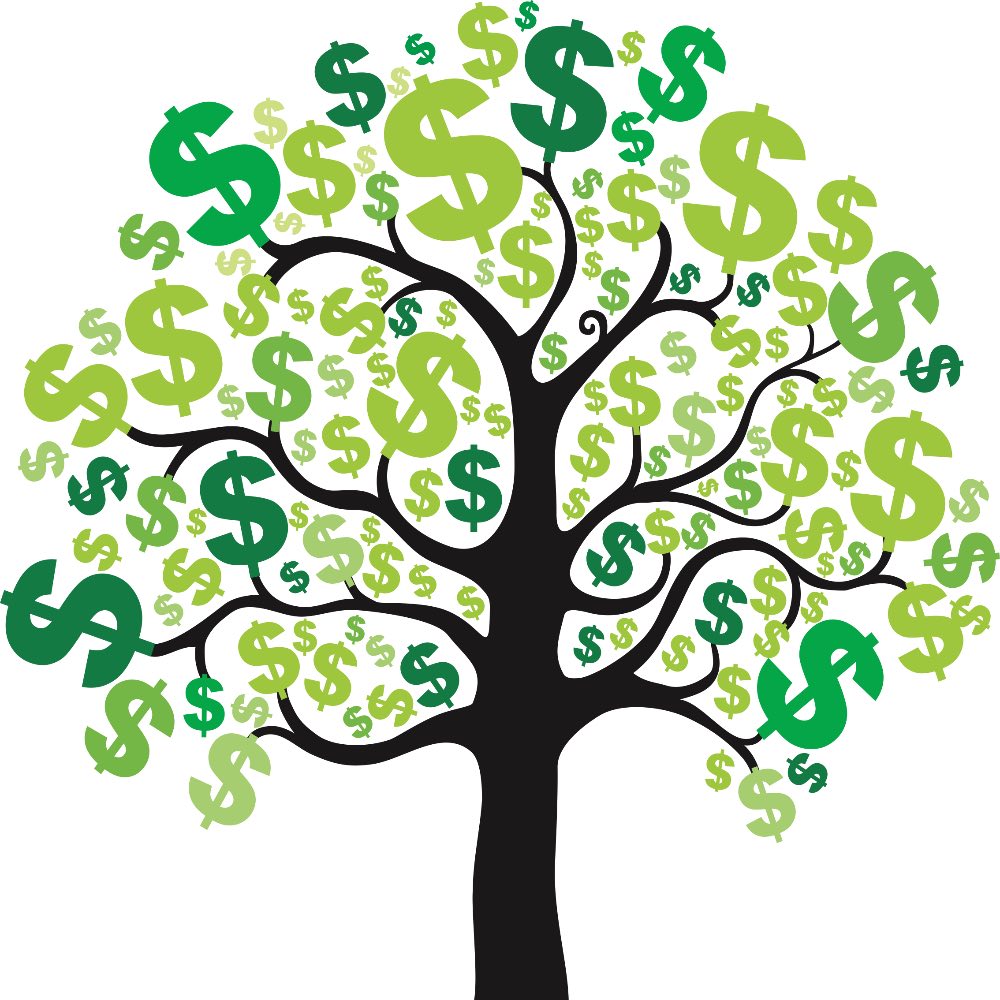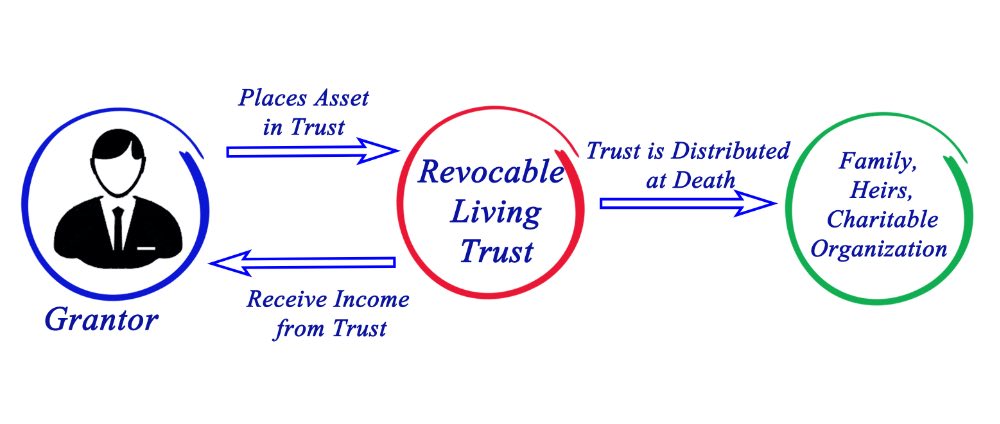Did COVID-19 change your plans to work? Layoffs, forced retirement, reluctance to return to the office to dodge exposure or being an early survivor. Whatever the reason, retiring before planned is stressful and requires a lot to think about and do.
BUDGET REVIEW
Look at how you’re spending money. Are there expenses you can eliminate or reduce? For example, consider using a mail order pharmacy to save co-pays. Can you find less expensive plans for cell phones, internet or television? Maybe now is the time to downsize into a smaller house.
PORTFOLIO REVIEW
Make sure that your retirement funds are diversified and in sync with your needs, goals, risk tolerance and timeline. You will want to conserve assets but being too conservative could deprive you of growth. That’s why is it important to review your portfolio allocation with your financial professional.
SOCIAL SECURITY
If you’re at least 62, you can start collecting Social Security retirement benefits. However, each year you can delay the start date, your monthly check will increase. Understand your options and after you’ve reviewed your budget and retirement account balances, decide when is the best time for you to start collecting Social Security.
EMOTIONAL NEEDS
Stopping work unexpectedly can be emotionally challenging. Without a plan for your new free time, you may feel lonely or lost. Consider how you’d like to fill your day. Consider your options including, dedicating time to your hobbies, learning something new, more time with family and friends, volunteer work or finding a part-time job.
PART-TIME WORK
Instead of stopping work cold turkey, you may wish to pursue part-time employment opportunities. You can earn money to cover some of your expenses and reduce your reliance on retirement accounts. Also, it can help you feel productive and keep you mentally stimulated. But remember, it could trigger taxation of your Social Security income. Companies with tight budgets may value your work experience.





